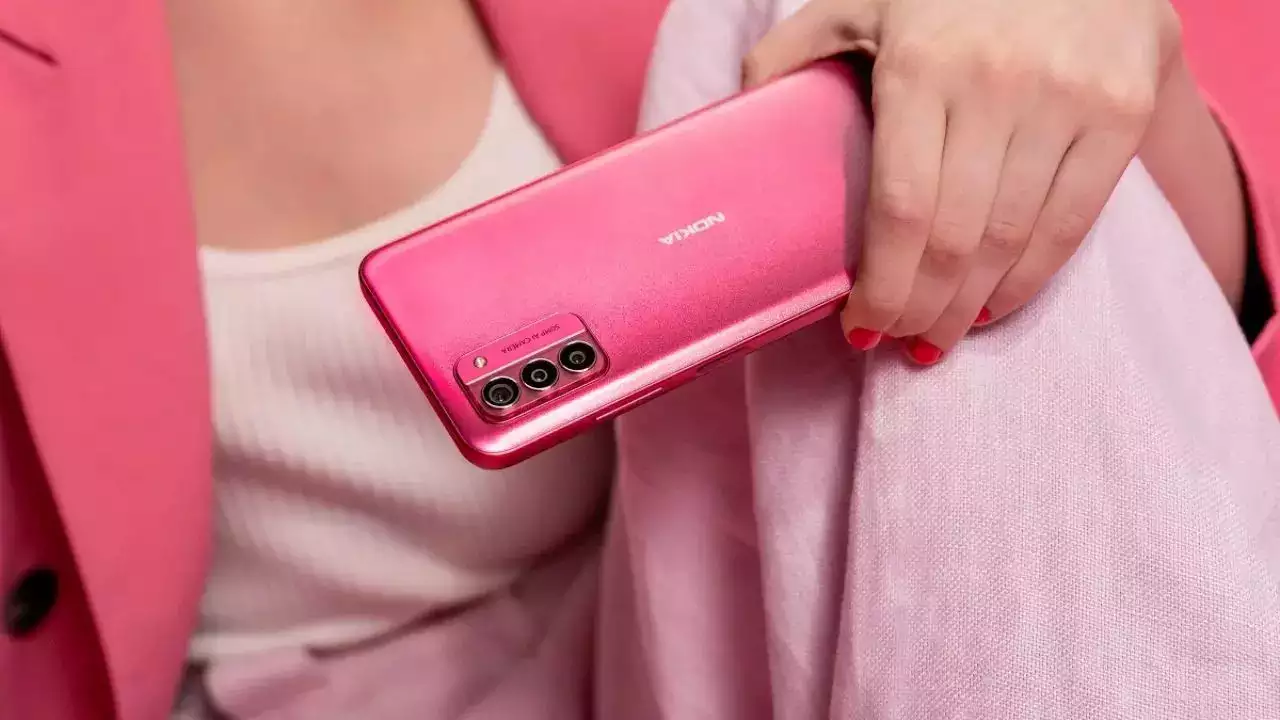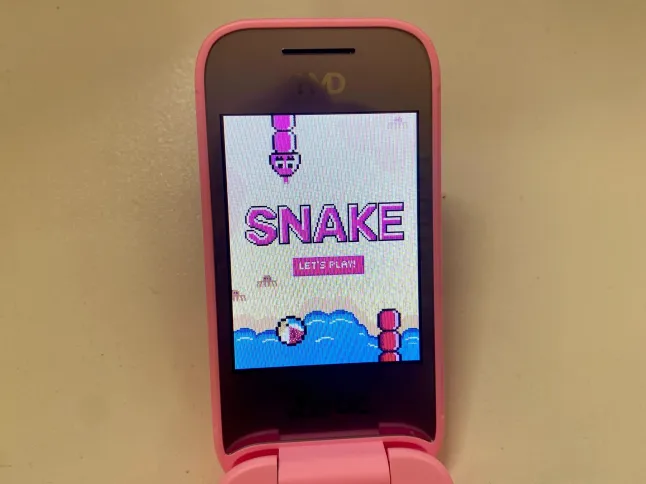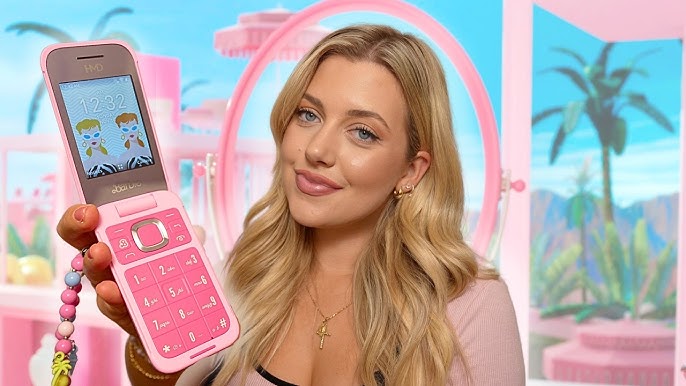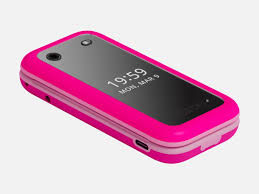In a world where nostalgia meets modern technology, the Barbie flip phone made waves in both pop culture and the mobile phone market. Inspired by the enduring appeal of Barbie and the growing trend of retro gadgets, the Barbie flip phone aimed to capture the hearts of both Barbie enthusiasts and those yearning for the simpler days of flip phones. But was this colorful creation a success? Let’s dive into its design, features, reception, and overall impact.
The Concept Behind the Barbie Flip Phone
The idea of a Barbie flip phone was rooted in the iconic doll’s long-standing influence on fashion and pop culture. Barbie has always been a trendsetter, reflecting the styles and sensibilities of her time. In the 2020s, as retro tech gained traction, combining Barbie’s charm with the classic flip phone design seemed like a natural fit.
- Target Audience: The Barbie flip phone targeted a niche market of Barbie fans, young adults exploring the retro flip phone trend, and collectors looking for unique memorabilia.
- Design Philosophy: With its pastel colors, Barbie branding, and sleek curves, the phone was unmistakably designed to evoke nostalgia while appealing to modern aesthetics.
Features of the Barbie Flip Phone
While the Barbie flip phone emphasized style and nostalgia, it didn’t entirely shy away from functionality. Here’s what it offered:
- Vibrant Barbie-Inspired Design: Available in signature pink and other pastel shades, the phone featured Barbie’s logo prominently on its shell and interface.
- Compact Flip Design: Staying true to classic flip phones, it had a small footprint and a satisfying snap-close feature.
- Custom Themes and Ringtones: The phone included Barbie-themed wallpapers, ringtones, and animations, adding a personalized touch.
- Limited Smart Features: While not as advanced as modern smartphones, it offered basic texting, calling, a simple camera, and pre-installed Barbie games.
- Affordability: Priced to appeal to a younger demographic, the Barbie flip phone was marketed as an accessible device for everyday use or as a secondary phone.
The Reception: Was the Barbie Flip Phone a Hit?
The Barbie flip phone received mixed reviews upon release. Its launch was well-timed with the resurgence of flip phones, and the Barbie branding certainly helped it stand out. However, the reception varied depending on the audience.
What Worked
- Nostalgia Appeal: Fans of Barbie and retro-tech appreciated the phone’s playful design and nod to simpler times.
- Collector’s Value: Many collectors viewed the phone as a novelty item, making it a must-have for Barbie memorabilia enthusiasts.
- Affordability: The phone’s relatively low price made it an attractive option for parents purchasing their children’s first phone or for adults seeking a minimalist device.
What Didn’t Work
- Limited Functionality: In a smartphone-dominated world, the phone’s lack of advanced features limits its practical use.
- Niche Appeal: Its design and branding appealed to a specific audience, leaving little room for broader market adoption.
- Performance Concerns: Some users reported subpar performance in terms of call quality, battery life, and durability.
Success or Miss?
Determining whether the Barbie flip phone was a success depends on perspective:
- From a Branding Standpoint: The Barbie flip phone was a win for Mattel, reinforcing Barbie’s relevance in pop culture and introducing her to a tech-savvy audience.
- From a Functional Standpoint: As a phone, it fell short of modern expectations, limiting its appeal to collectors and die-hard Barbie fans.
The Cultural Impact of the Barbie Flip Phone
The Barbie flip phone wasn’t just a gadget; it was a cultural statement. It highlighted the growing desire for simpler technology in an era of overwhelming connectivity. It also underscored Barbie’s ability to evolve with the times, staying relevant across generations.
- Barbie and Technology: The phone was part of a broader trend of Barbie-branded tech, including smartwatches and tablets, aimed at bridging the gap between play and practicality.
- Retro Tech Renaissance: The Barbie flip phone contributed to the revival of flip phones, showcasing their charm to a new audience.
What Could Have Been Better?
While the Barbie flip phone succeeded in capturing attention, it left room for improvement:
- Enhanced Features: Adding more smart features, like basic social media apps or a better camera, could have broadened its appeal.
- Durability: Strengthening the phone’s build would have addressed user complaints about fragility.
- Marketing Strategy: Expanding its target audience beyond Barbie fans might have increased sales.
The Barbie Flip Phone’s Place in History
The Barbie flip phone may not have been a runaway success, but it was a memorable product that blended nostalgia with modern tech. Its whimsical design and branding resonated with a niche audience, ensuring its status as a collector’s item and a conversation piece.
In a world dominated by sleek, feature-packed smartphones, the Barbie flip phone dared to be different. While it may not replace modern devices, it serves as a delightful reminder of the fun and creativity that Barbie continues to inspire. For those who own one, the Barbie flip phone is more than just a gadget—it’s a piece of Barbie’s enduring legacy.




